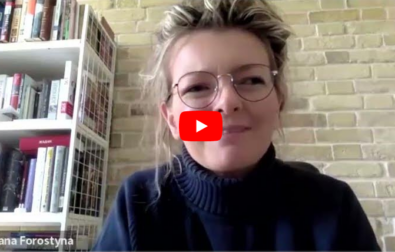Just after dawn at Havre- Caumartin metro station, Paris's first commuters are stepping on and off half-empty trains. Then, at the end of the platform, a figure in black appears, head bowed and feet tapping with nerves.
Princess Hijab is Paris's most elusive street artist. Striking at night with dripping black paint she slaps black Muslim veils on the half-naked airbrushed women – and men – of the metro's fashion adverts. She calls it "hijabisation". Her guerrilla niqab art has been exhibited from New York to Vienna, sparking debates about feminism and fundamentalism – yet her identity remains a mystery.
In secular republican France, there can hardly be a more potent visual gag than scrawling graffitied veils on fashion ads. Six years after a law banned headscarves and all conspicuous religious symbols from state schools, Nicolas Sarkozy's government has banned the niqab from public spaces amid a fierce row over women's rights, islamophobia and civil liberties. The "burqa ban", approved last month, means that from next year it will be illegal for a woman to wear full-face Muslim veils in public, not just in government offices or on public transport, but in the streets, supermarkets and private businesses. The government says it is a way of protecting women's rights and stopping them being forced by men to cover their faces.
Already this has prompted extreme reactions. One female teacher in favour of the ban was last week given a month's suspended jail sentence for trying to rip a veil from the face of a 26-year-old Emirati tourist in a shop, then slapping, scratching and biting her. On the other side of the argument, two French women calling themselves "niqabitch" reproduced the classic visual mixed metaphor of walking around central Paris in niqabs, black hotpants, bare legs and high heels, posting a film of it online in order to highlight the "absurdity" of the ban. Read full article in the Guardian...
Was this article useful? If so we are delighted!
It is freely available because we believe that the right to free and independent information is essential for democracy. But this right is not guaranteed forever, and independence comes at a cost. We need your support in order to continue publishing independent, multilingual news for all Europeans.
Discover our subscription offers and their exclusive benefits and become a member of our community now!












